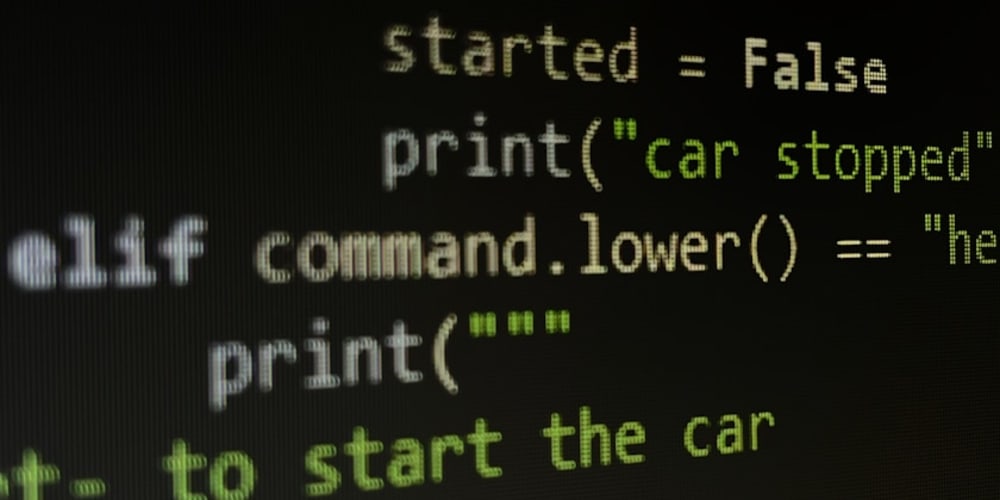Web scraping is an invaluable skill for gathering data from websites when no direct API is available. Whether you're extracting product prices, gathering research data, or building datasets, web scraping offers endless possibilities.
In this post, I'll walk you through the fundamentals of web scraping, the tools you'll need, and best practices to follow, using Python as our main tool.
1. What is Web Scraping?
Web scraping is the process of extracting data from websites. This is done by making requests to websites, parsing the HTML code, and identifying patterns or tags where the data is located. Essentially, we act like a web browser, but instead of displaying the content, we pull and process the data.
2. Key Tools and Libraries for Web Scraping
Python has an excellent ecosystem for web scraping, and the following libraries are commonly used:
Requests: Handles sending HTTP requests to websites and receiving responses.
pip install requests
BeautifulSoup: A library that allows us to parse HTML and XML documents, making it easy to navigate the data structure and extract relevant information.
pip install beautifulsoup4
Selenium: A more advanced tool for scraping dynamic web pages, especially those that rely on JavaScript. It automates the web browser to render pages before extracting data.
pip install selenium
Pandas: While not strictly for web scraping, Pandas is useful for cleaning, analyzing, and storing scraped data in a structured format such as CSV, Excel, or a database.
pip install pandas
3. A Simple Example with BeautifulSoup
Let’s start with scraping a static webpage, where the data is directly available in the HTML source. For this example, we'll scrape a table of cryptocurrency prices.
import requests
from bs4 import BeautifulSoup
# Step 1: Make an HTTP request to get the webpage content
url = 'https://example.com/crypto-prices'
response = requests.get(url)
# Step 2: Parse the HTML content using BeautifulSoup
soup = BeautifulSoup(response.content, 'html.parser')
# Step 3: Find and extract data (e.g., prices from a table)
table = soup.find('table', {'id': 'crypto-table'})
rows = table.find_all('tr')
# Step 4: Iterate through rows and extract text data
for row in rows[1:]:
cols = row.find_all('td')
name = cols[0].text.strip()
price = cols[1].text.strip()
print(f'{name}: {price}')
4. Working with Dynamic Web Pages using Selenium
Many modern websites use JavaScript to load data dynamically, meaning the information you’re looking for might not be directly available in the page source. In such cases, Selenium can be used to render the page and extract data.
from selenium import webdriver
from selenium.webdriver.common.by import By
# Step 1: Set up Selenium WebDriver (e.g., ChromeDriver)
driver = webdriver.Chrome(executable_path='path_to_chromedriver')
# Step 2: Load the webpage
driver.get('https://example.com')
# Step 3: Interact with the page or wait for dynamic content to load
element = driver.find_element(By.ID, 'dynamic-element')
# Step 4: Extract data
print(element.text)
# Step 5: Close the browser
driver.quit()
5. Best Practices for Web Scraping
Respect website rules: Always check the site’s robots.txt file to understand what you are allowed to scrape. For example: https://example.com/robots.txt.
Use delays to avoid rate-limiting: Some websites may block your IP if you make too many requests too quickly. Use time.sleep() between requests to avoid getting blocked.
Use Headers and User Agents: Websites often block non-browser requests. By setting custom headers, especially the User-Agent, you can mimic a real browser.
headers = {'User-Agent': 'Mozilla/5.0'}
response = requests.get(url, headers=headers)
Handle pagination: If the data is spread across multiple pages, you’ll need to iterate through the pages to scrape everything. You can usually achieve this by modifying the URL query parameters.
Error handling: Always be prepared to handle errors, such as missing data or failed requests. This ensures your scraper runs smoothly even if the website structure changes.
6. Storing and Processing the Scraped Data
Once you've scraped the data, it’s essential to store it for further analysis. You can use Pandas to convert the data into a DataFrame and save it to CSV:
import pandas as pd
data = {'Name': ['Bitcoin', 'Ethereum'], 'Price': [45000, 3000]}
df = pd.DataFrame(data)
df.to_csv('crypto_prices.csv', index=False)
Alternatively, you can save the data to a database like SQLite or PostgreSQL if you plan on working with larger datasets.
7. Ethical Considerations
Scraping must always be done ethically. Here are a few things to keep in mind:
Always respect the website’s terms of service.
Don’t overload the server with too many requests.
If an API is available, use that instead of scraping the site.
Attribute the data source if you plan to publish or share the scraped data.
Conclusion
Web scraping is a powerful tool for data collection, but it requires careful consideration of ethical and technical factors. With tools like Requests, BeautifulSoup, and Selenium, Python makes it easy to get started. By following best practices and staying mindful of website rules, you can efficiently gather and process valuable data for your projects.
Happy scraping!


















